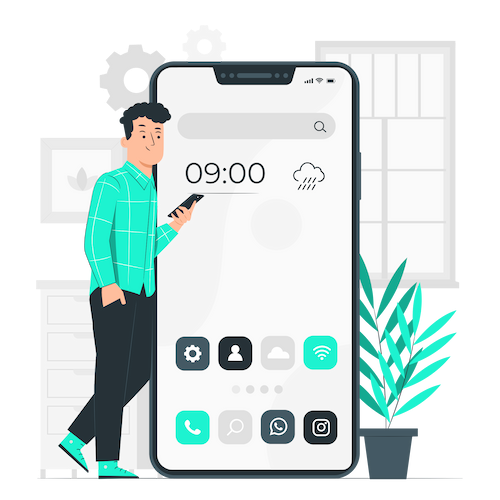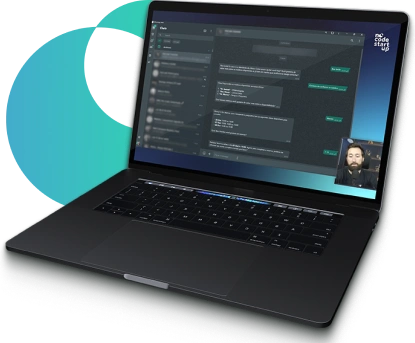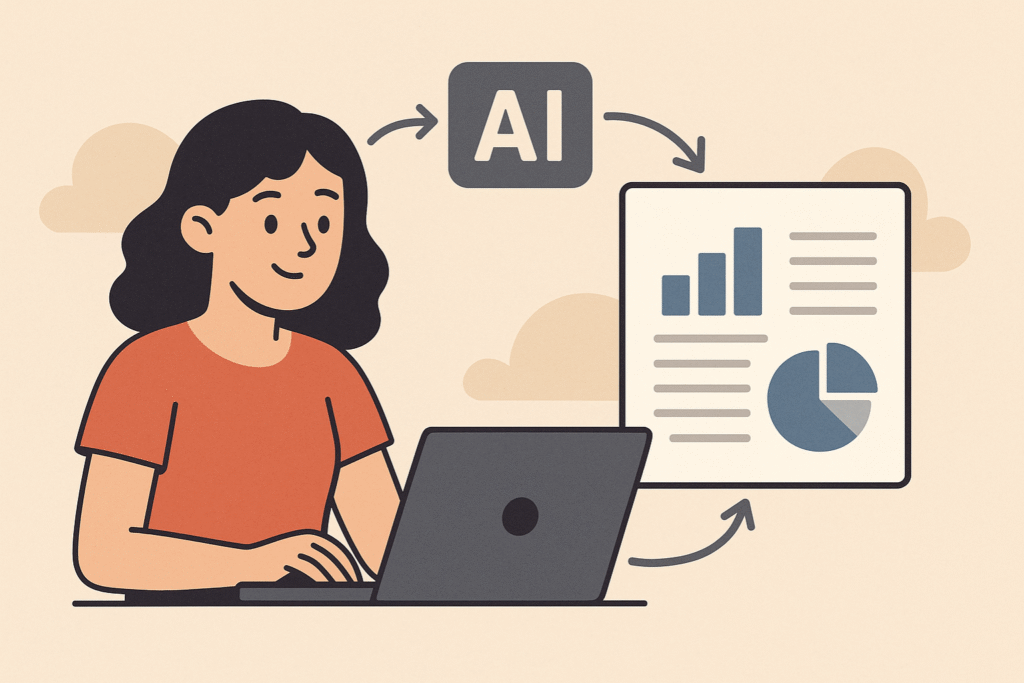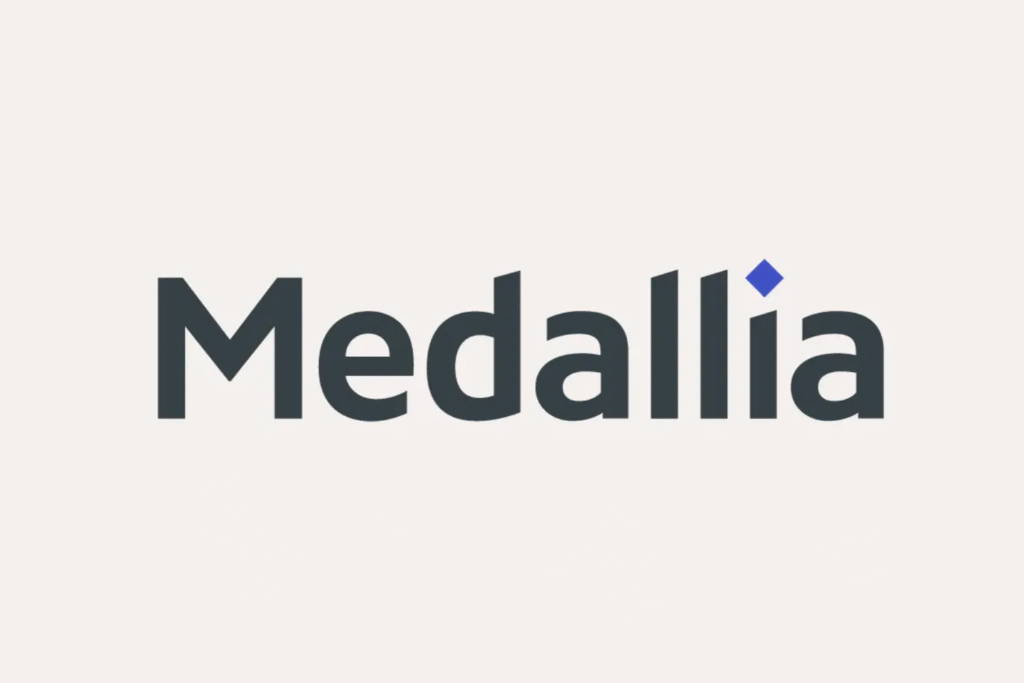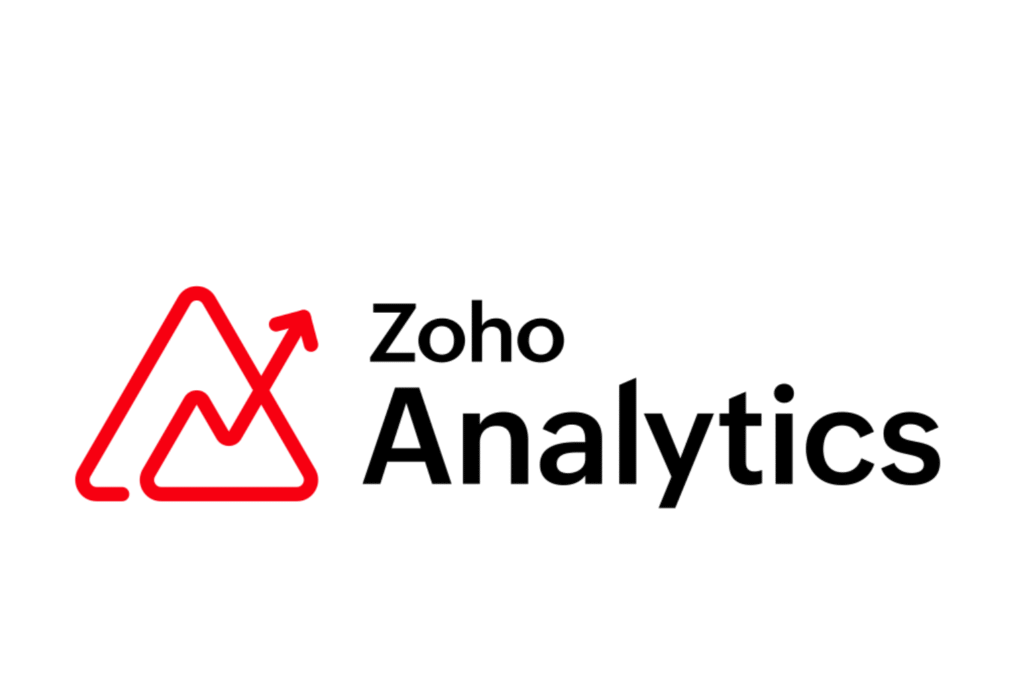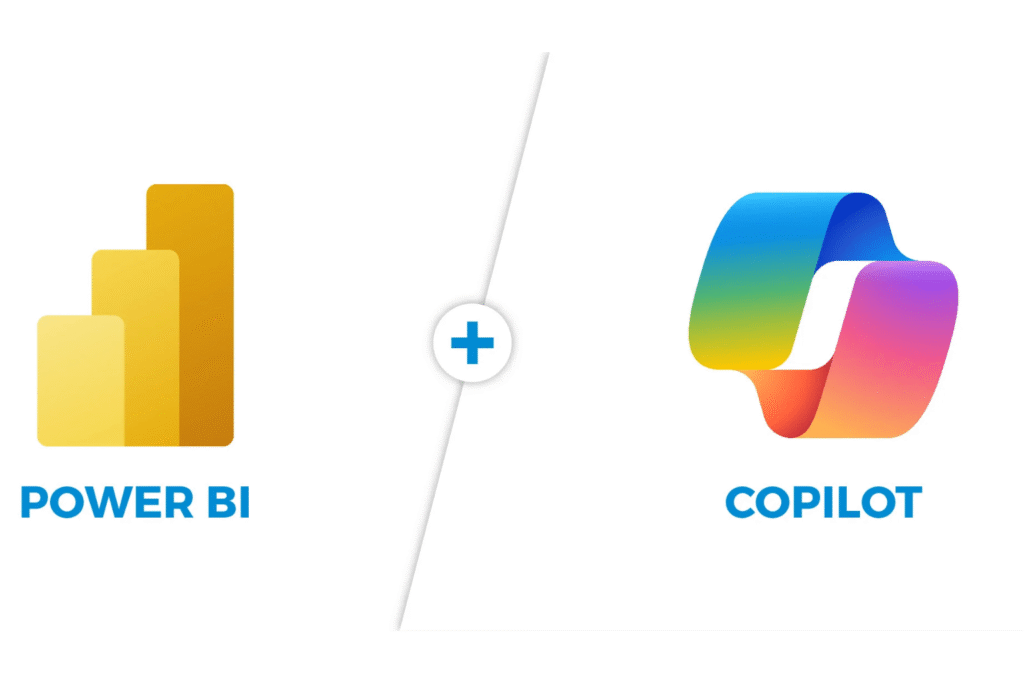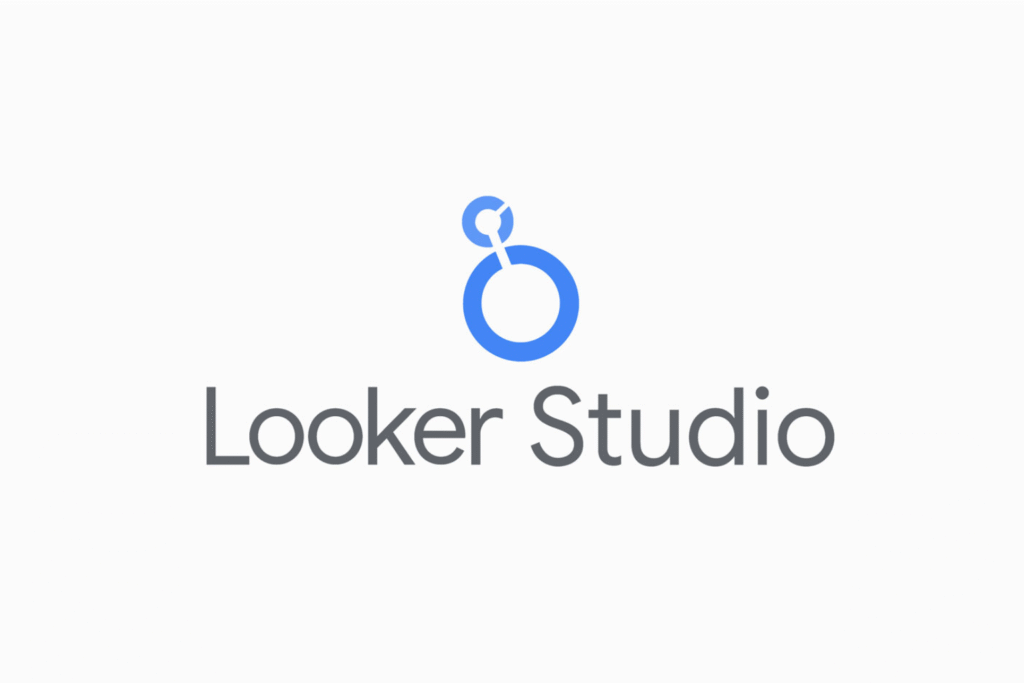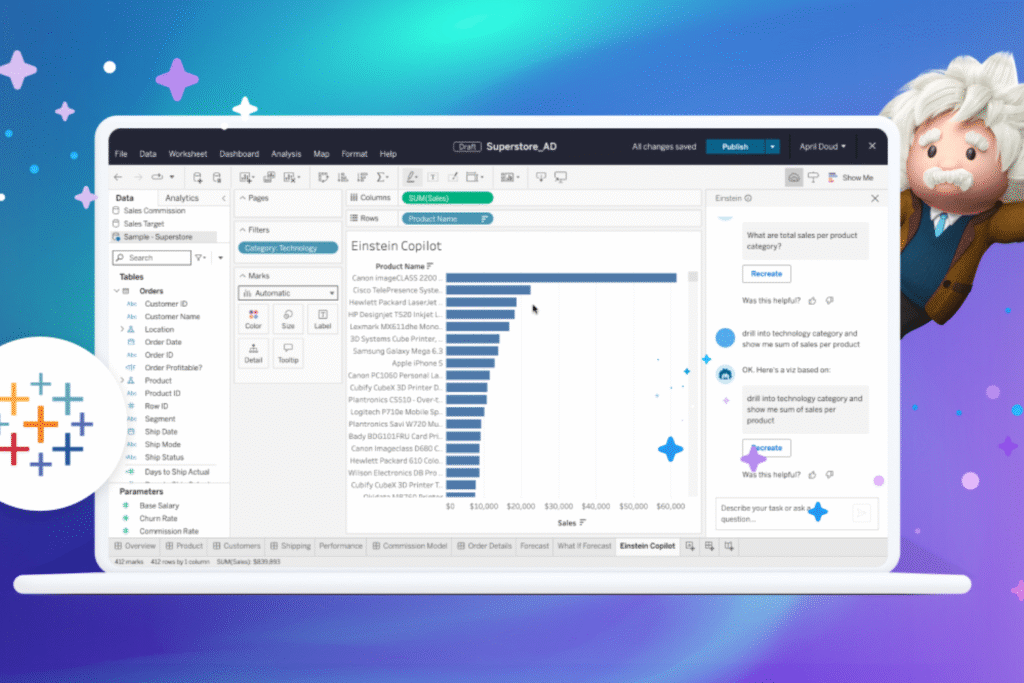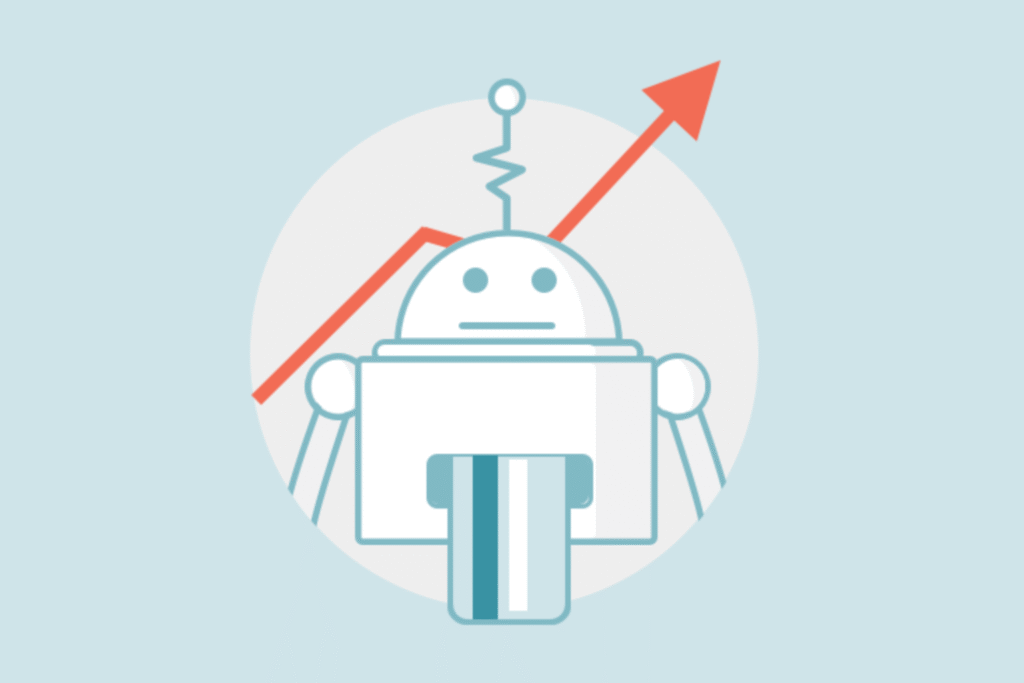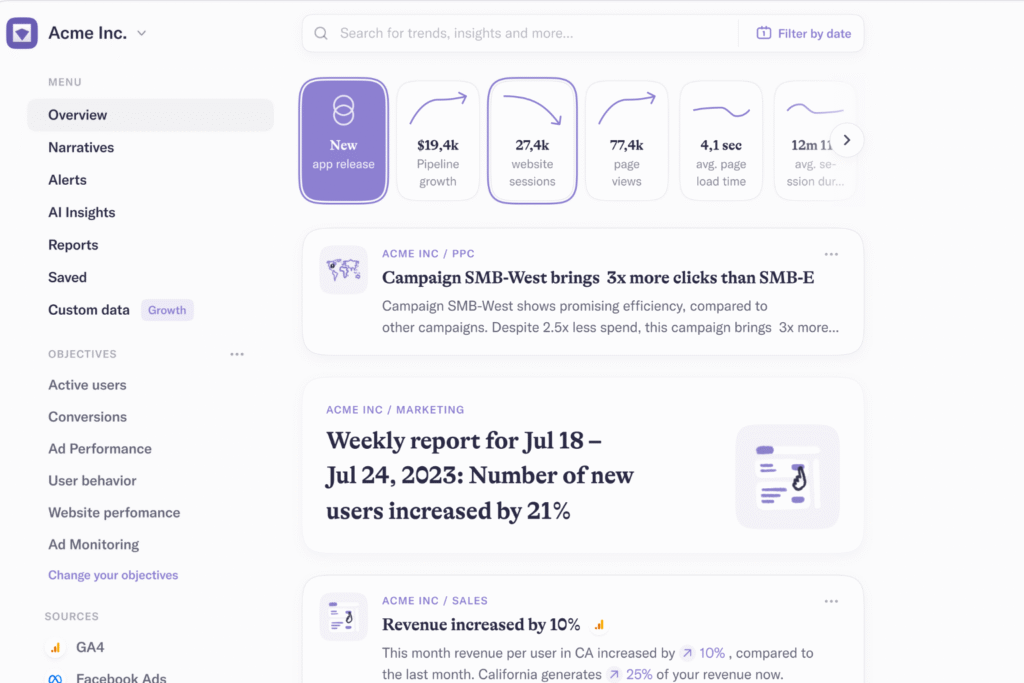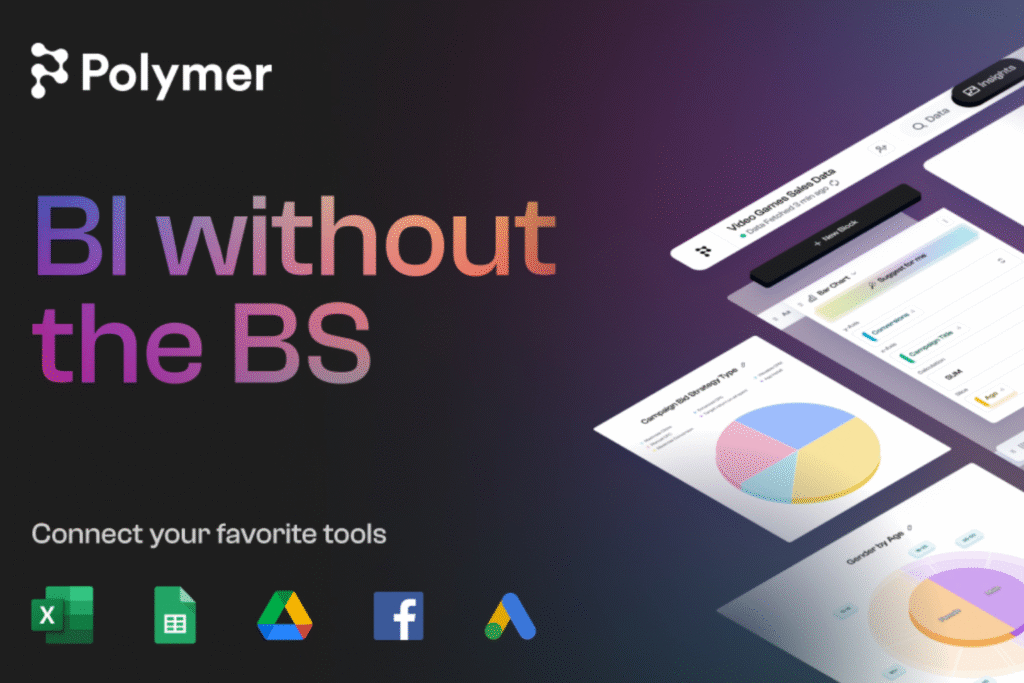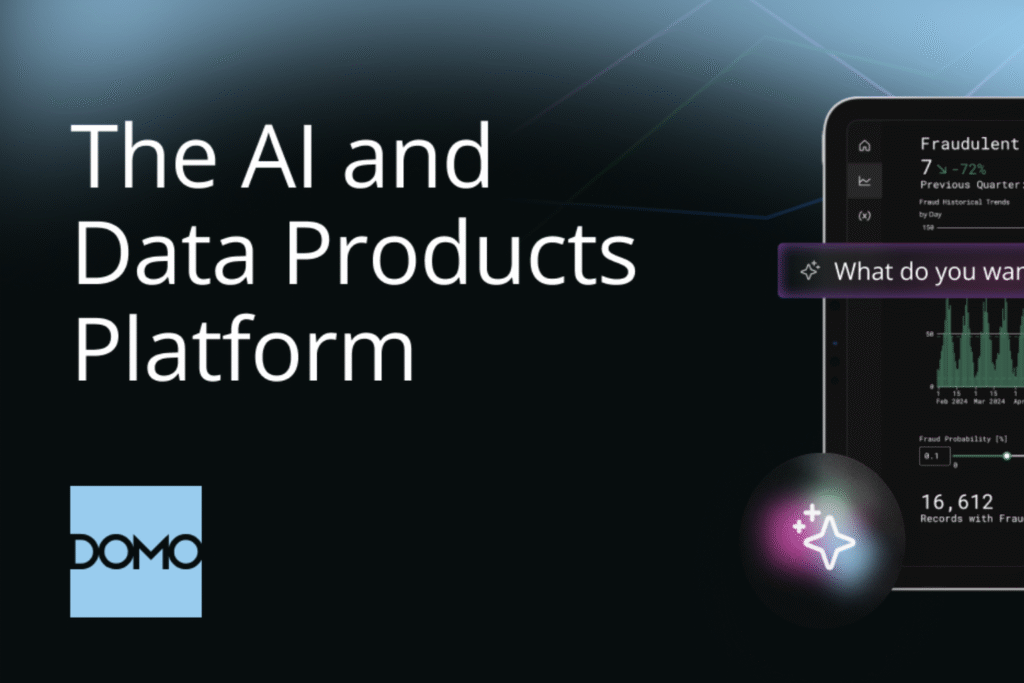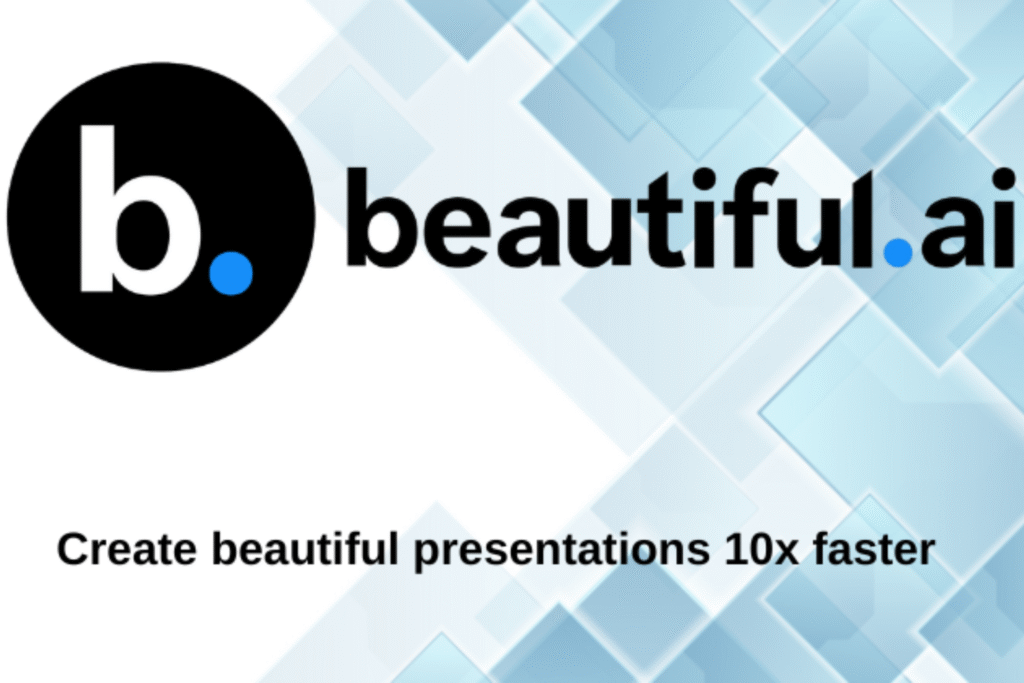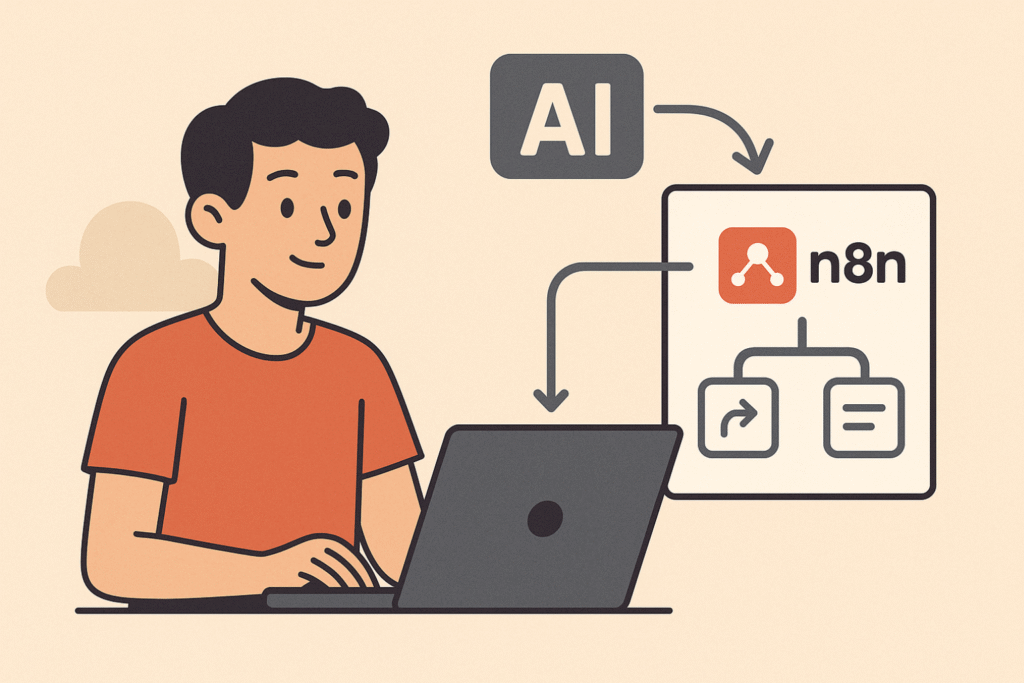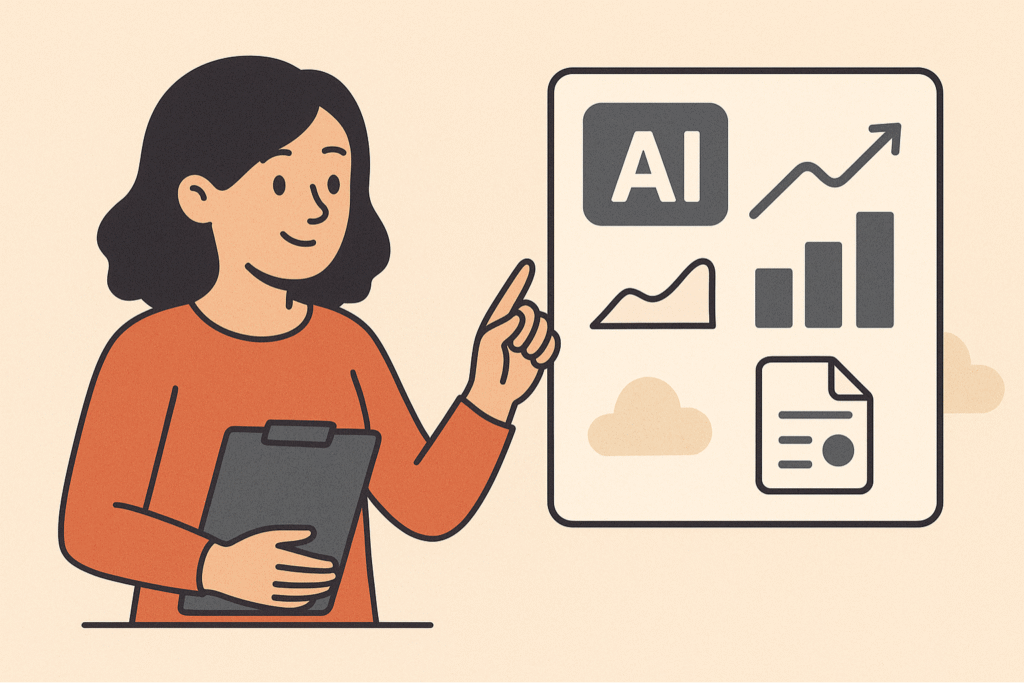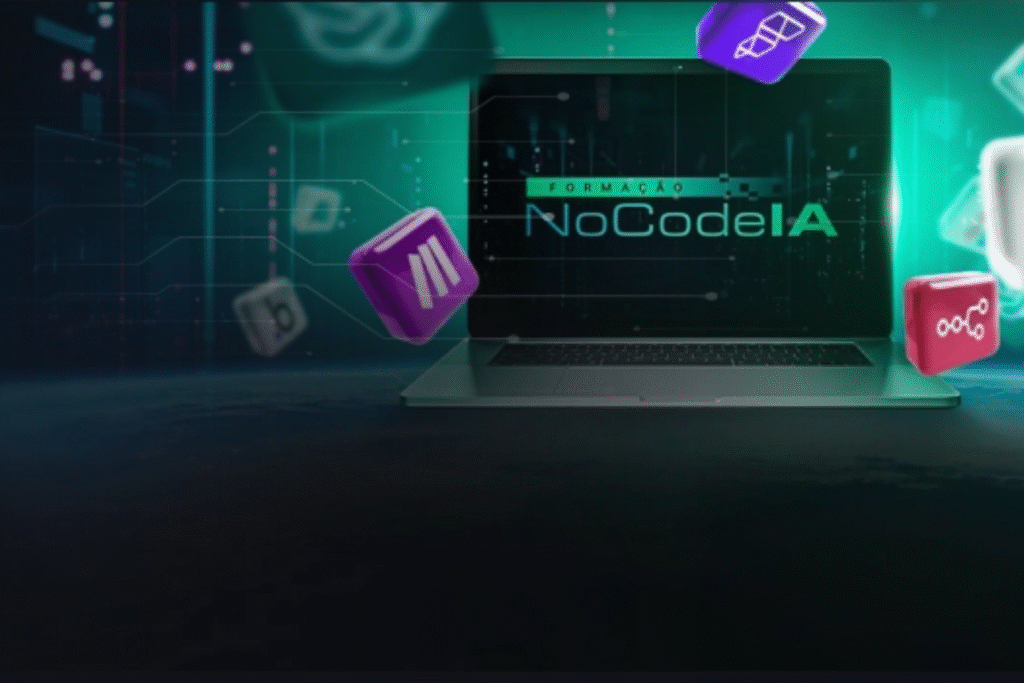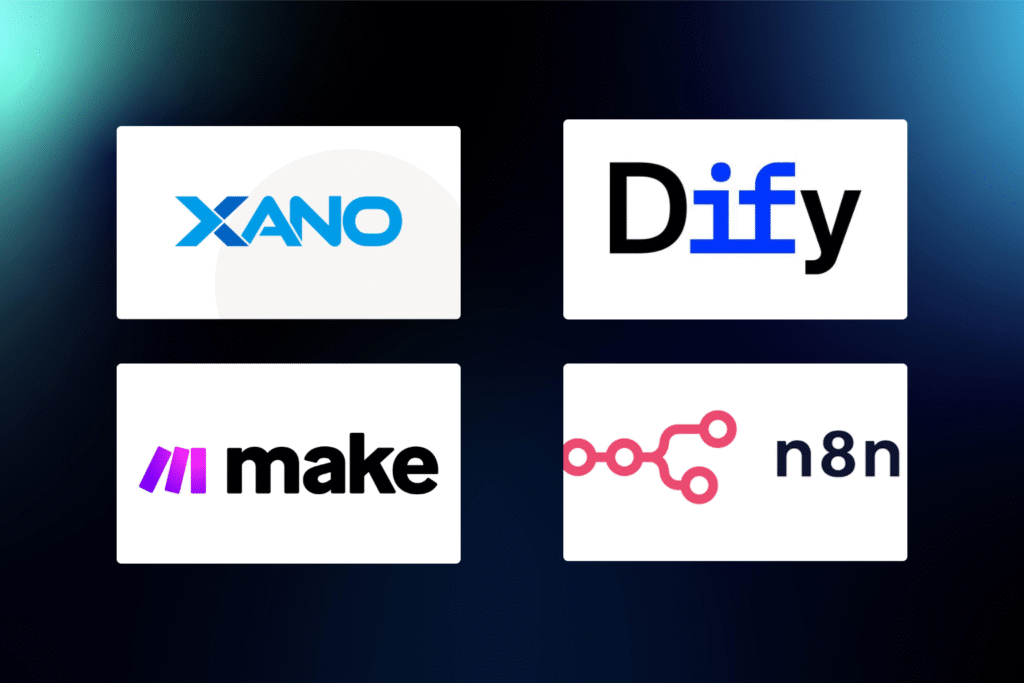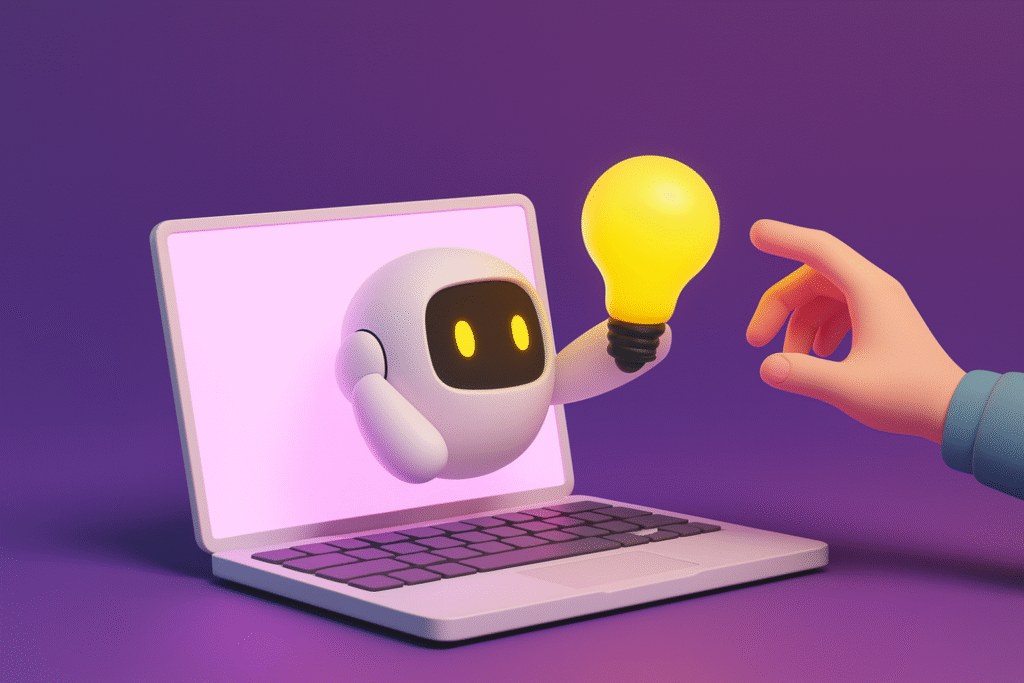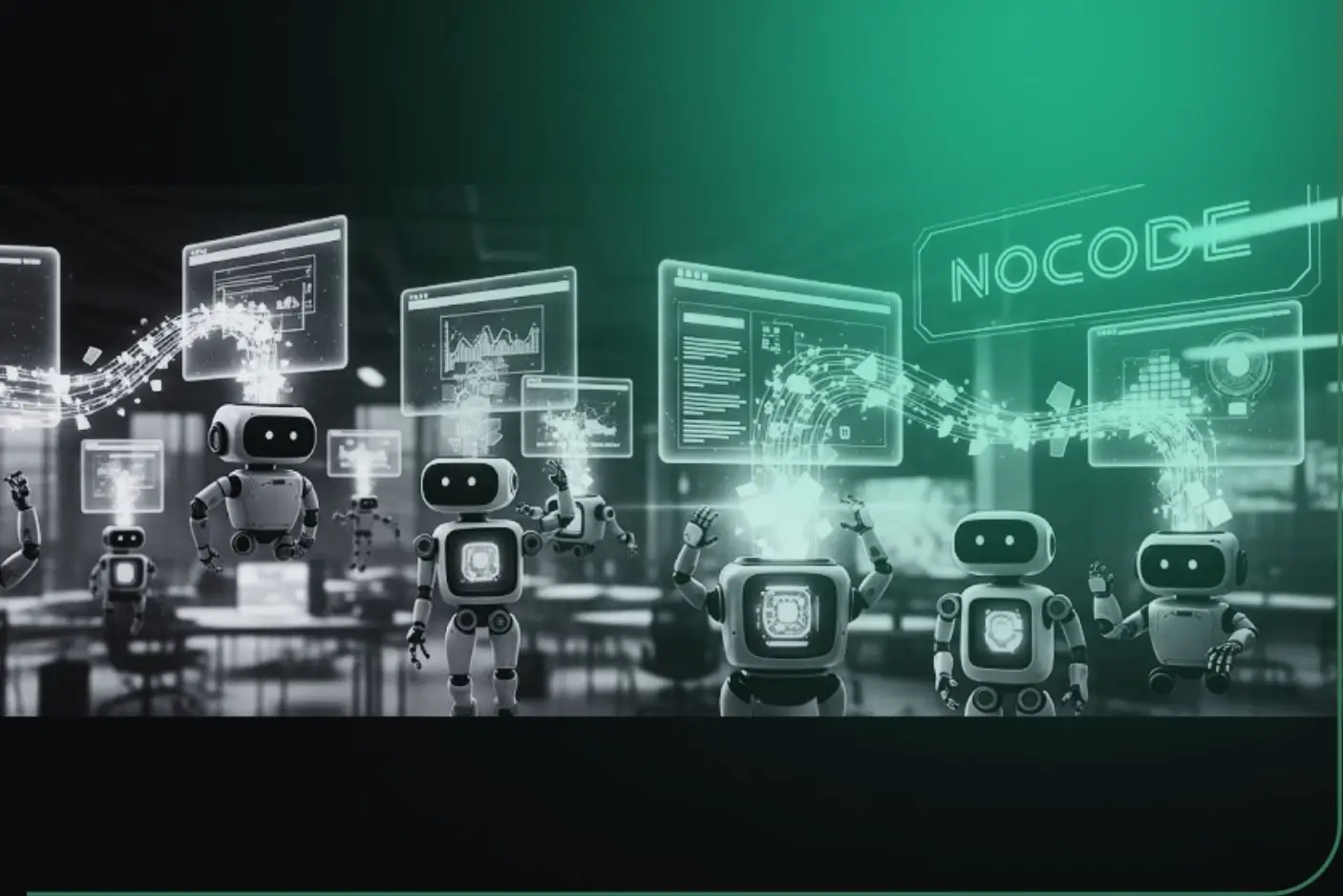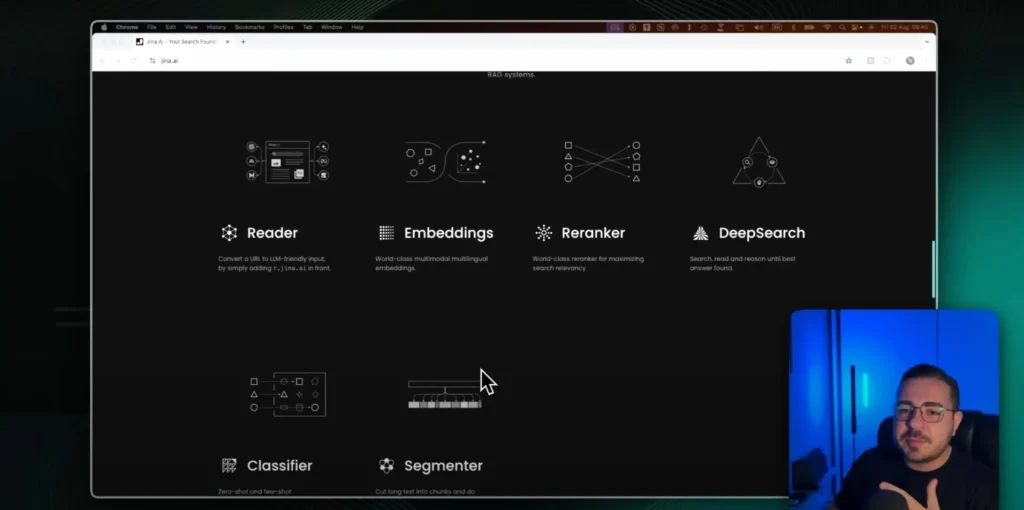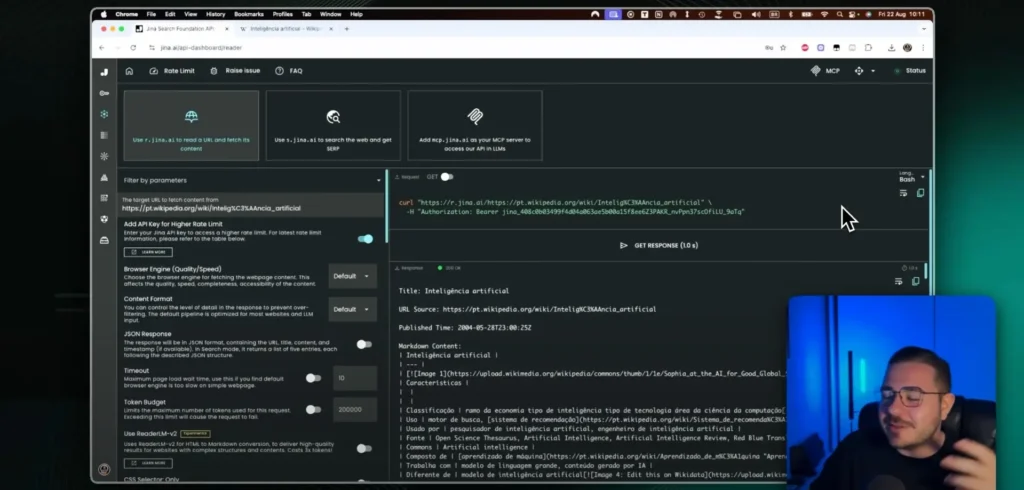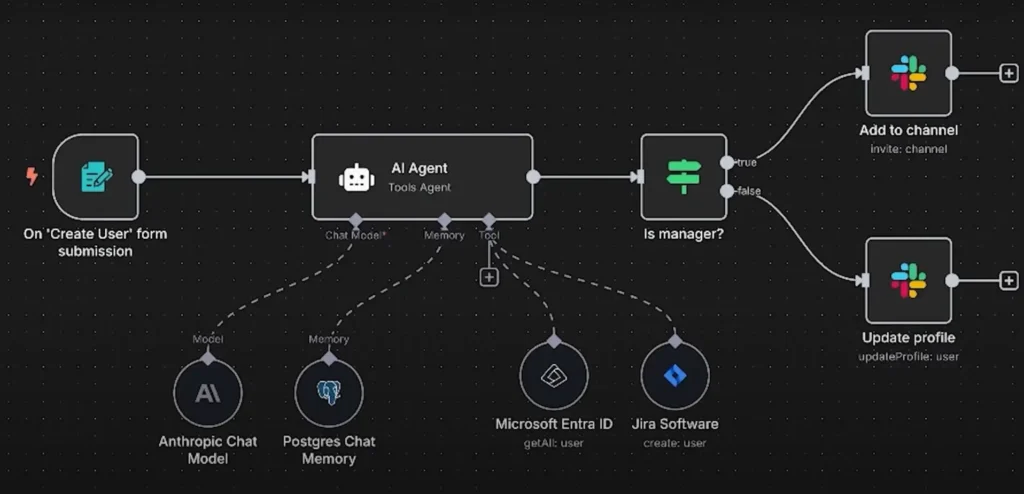Estimated reading time: 10 minutes
Have you ever imagined creating an iPhone app? Maybe you have a incredible idea that can simplify people's lives, solve everyday problems or provide quality entertainment.
Whatever your motivation, developing apps for the iPhone operating system is full of possibilities and you don't have to be one expert to become an iOS developer and learn to program alone.
iOS app development can be a opportunity to impact the lives of millions of users around the world.
To do this, having a presence on the Apple App Store can be the first step towards reaching a global audience and achieving the success you've always dreamed of.
In this content, we have created a guide so that you can understand the necessary tools, to the programming languages, you Apple approval criteria, you costs involved and the Easier paths to developing a quality iOS app.
It doesn't matter if you're completely new to the world of programming or if you already have some experience, you'll find what you need to know to get started. Good reading!
Table of Contents
How to develop an app for iOS?

To take the first steps towards creating your iOS app, you need to understand that development work requires specific tools and basic understanding of programming.
An ally on this journey is the Mac computer. The reason for this is that Apple's official development environment, known as Xcode, is exclusive to macOS.
O Xcode is a tool that brings together everything you need to create, test and publish your application. So, first of all, make sure you have access to a Mac. Then, follow these steps:
Once you have your Mac in hand, the next step is to get Xcode. You can do it for free, directly from the Mac App Store.
Make sure you're installing the latest version, as Xcode is regularly updated to include the latest features and bug fixes.
- Become a registered developer
Apple requires you to have a developer account to be able to publish applications on the App Store. To register, you will need to sign up to Apple Developer Program, which has a annual fee of US$99 ($99).
This step is essential to ensure you have access to the resources and capabilities you need to share your app with the world.
- Learn to program
Now that you have the hardware, the software, and the necessary binding, it's time to dive into application development.
Here, you have a few options: if you have no programming experience, you can opt for solutions no-code, which are application development tools that don't require traditional coding.
If you prefer to program, Swift and Objective-C are some programming languages you can learn. We will delve deeper into these languages later, keep reading!
- Develop your application
With the foundations in place, it's time to create your app. O Xcode offers a complete development environment where you can design the user interface, write code for specific functionalities, and test your app directly on an iPhone simulator.
This is the place where your ideas start to turn into reality.
- Test and debug
After building your app's functionalities, you need to test it comprehensively.
Errors or “bugs” are inevitable during the process, but Xcode offers a series of tools that help you identify and fix these problems.
Perform thorough testing to ensure your application operates stably and reliably.
- Publish to Apple Store
After finalizing and testing your application, and making sure it meets to Apple development and quality guidelines, you are ready to submit it for review.
Apple will review your app and once it is approved you can publish it on the App Store, making it available to millions of users around the world.
Now that you understand the fundamental steps, let's look at the details of iOS app development.
Next, we’ll dive into the different programming languages available for you to choose from. Choosing the language can affect how you develop your application, so read with attention.

Languages for developing apps for iOS
Selecting a programming language is one of the most important points in the iOS application development process.
Aware of the diversity of developers with varying levels of experience and different needs, Apple offers a wide range of options.
This moment is when you shape the essence of your application, choosing the language that best aligns with your vision and capabilities.
Therefore, we have separated the most used in the universe of creating applications for iOS devices. Read on:
What are no-code technologies?
If you are new to the world of programming or simply looking for a Simplified way to create hassle-free apps, the no-code development tools stand out as an option.
These innovative platforms open the doors to creation through visual interfaces, abolishing the need to write code manually. Here are some of the options worth highlighting:
- Bubble
- FlutterFlow
- Swift Playgrounds
- Adalo
- Thunkable
Swift
It is the programming language created by Apple to meet the demands of developing applications for iOS, macOS and other company systems.
Since its launch, it quickly won the hearts of developers and became the preferred choice for most professionals working in the Apple universe.
One of the main features of the Swift language and type safety, which means the compiler checks whether data types are used consistently, significantly reducing common programming errors.
Objective-C
Objective-C is a programming language that was widely used to develop iOS applications before the emergence of Swift. Although it is older, it is still relevant and can be a solid choice for developers who have mastered it.
Some applications are still written in Objective-C. However, its syntax may seem less intuitive compared to Swift, especially for beginners.
Criteria for approval
When developing an iOS app, you must be aware of the criteria established by Apple for approval in its official store. They are mainly divided into three areas:
Security
It is one of the most important criteria for app approval on the App Store. This involves ensuring that the product is secure, both for the user's data and their experience. The most rated items are:
- non-offensive content;
- truthful information;
- protection of personal data;
- privacy.
So, make sure you develop an app that fulfills all these criteria.
Performance
Performance is another essential aspect for app approval on the App Store. It is a way of certifying the operation without complications and providing a positive user experience.
To guarantee good performance, the app must be rigorously tested so that it does not crash or present frequent errors.
Furthermore, it must be responsive to user commands and does not present significant delays. Also should not consume an excessive amount of device resources, such as CPU, RAM memory or battery.
Business model
Apple values transparency and honesty in the applications business model. In this sense, it considers information about revenue generation and interaction with users.
Therefore, the developer must be transparent about how their app is monetized. That includes:
- Clear disclosure of any in-app purchases;
- Signature;
- Advertising
- Another business model you use.
Don't try to mislead users or impose unfair restrictions. Misleading practices, such as false promises of features, harm product approval.
How much does it cost to develop an iOS app?

The cost of developing an iOS app can vary significantly depending on the complexity of the project. Among the main factors that affect the cost are:
- Application complexity
- Design and UI
- Features backend
- Security features
- Development team
What is the easiest way to develop a good app?
Developing a quality iOS app can be challenging, but there are ways that can make the process easier, especially for beginners.
You can learn online, through tutorials, courses and documentation available on Swift programming and the use of Xcode.
If you are just starting out and want to create a solution in a simplified way, consider using the no-code tools as mentioned earlier.
THE No-Code Start-Up offers a free Bubble.io course for creating web applications and systems.
Another option is the FlutterFlow course in which you learn how to create apps for iOS and Android
without spending a penny! Application development is a constantly evolving field. Be willing to learn and adapt to new technologies and trends.
With the right tools, knowledge and dedication, you can turn your idea into a successful app.
Remember to follow Apple's criteria, ensure security and performance, and most importantly, create a positive experience for users.
Now that you have a complete guide, it's time to start working on your idea and be part of the world of mobile apps. Good luck!
